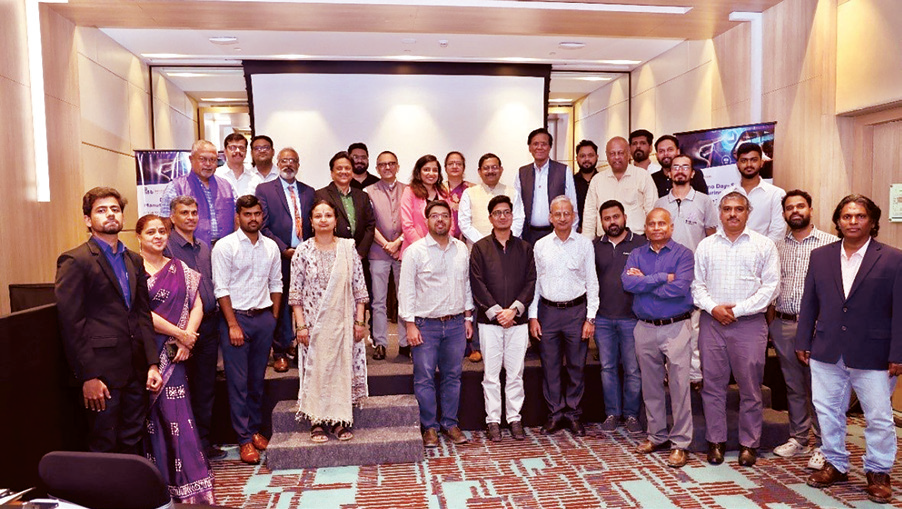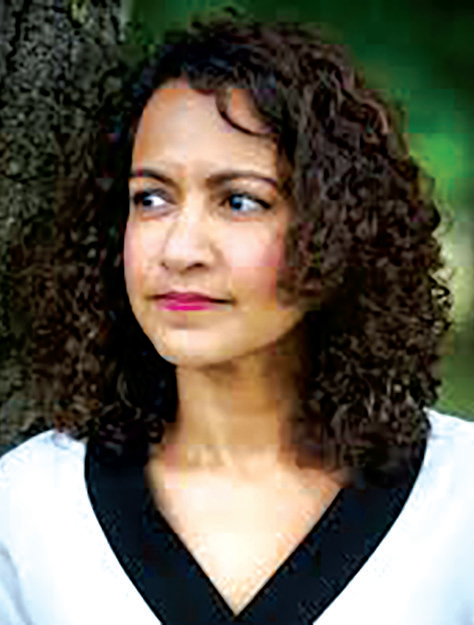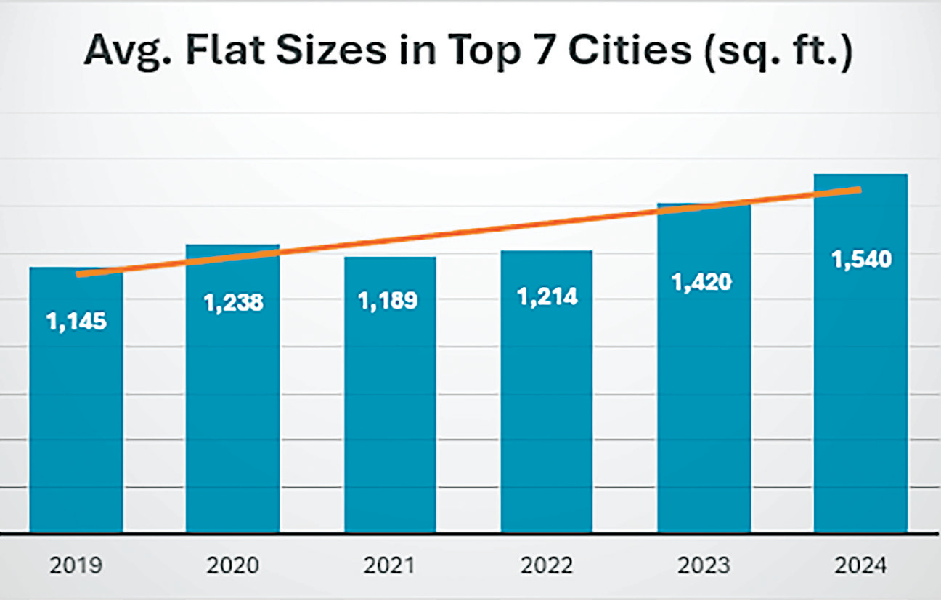
How to use learning stories in early childhood education assessment
NT Correspondent
Bengaluru: Learning stories are a form of assessment in early childhood education that focuses on documenting and communicating a child's learning journey through narrative storytelling.
The aim is to provide a holistic and individualized view of a child's development, skills, and interests.
Here's a guide on how to use learning stories in early childhood education assessment:
Observation and Documentation: Begin by observing the child during various activities, both planned and spontaneous. Document the child's actions, interactions, and behaviors using written notes, photographs, and/ or videos.
Identify Learning Moments: Identify key learning moments or milestones that showcase the child's development, skills, and interests. Look for moments that demonstrate problem-solving, social interaction, creativity, and other aspects of development.
Choose a Focus: Select a specific learning outcome or developmental area to focus on in the learning story. This could be related to cognitive, social-emotional, physical, or language development, depending on the child's needs and goals.
Create a Narrative: Develop a narrative that tells the story of the child's learning journey. Use a positive and descriptive tone, em- phasizing the child's strengths and achievements. Include details about the context, the child's actions, and the outcomes.
Include Reflection: Reflect on the significance of the learning moment and its implications for the child's development. Consider how the child's interests and abilities are evolving over time.
Share with Stakeholders: Share the learning story with parents, caregivers, and other relevant stakeholders. Use a format that is easily accessible, such as a printed document, an online platform, or a physical display.
Involve Parents and Caregivers: Encourage parents and caregivers to share their observations and insights. Collaborate with them to create a more comprehensive understanding of the child's learning and development.
Use as a Tool for Planning: Use learning stories as a tool for planning future activities and experiences. Tailor learning experiences based on the child's interests and developmental needs identified in the stories.
 English daily published in Bengaluru & Doha
English daily published in Bengaluru & Doha






